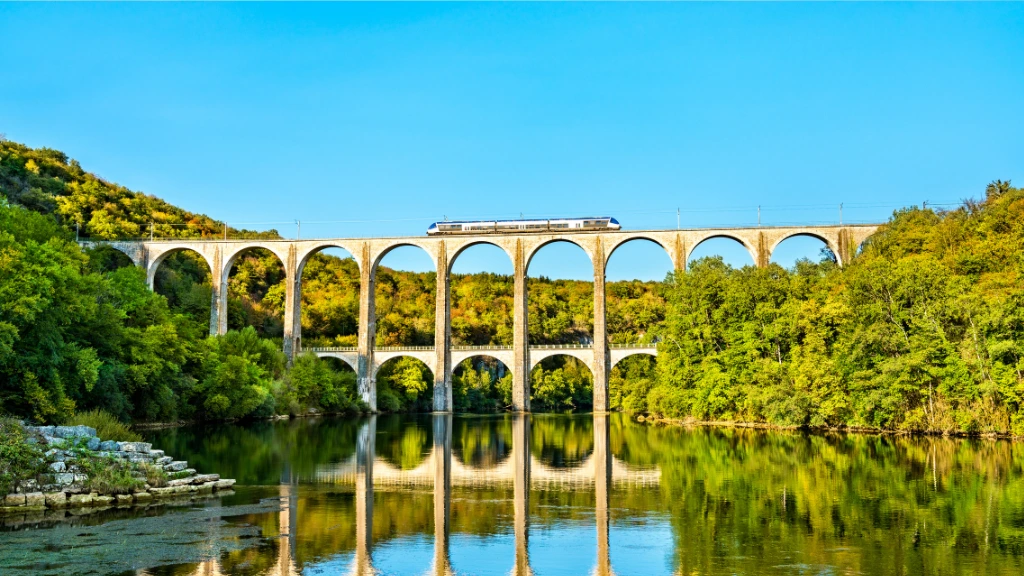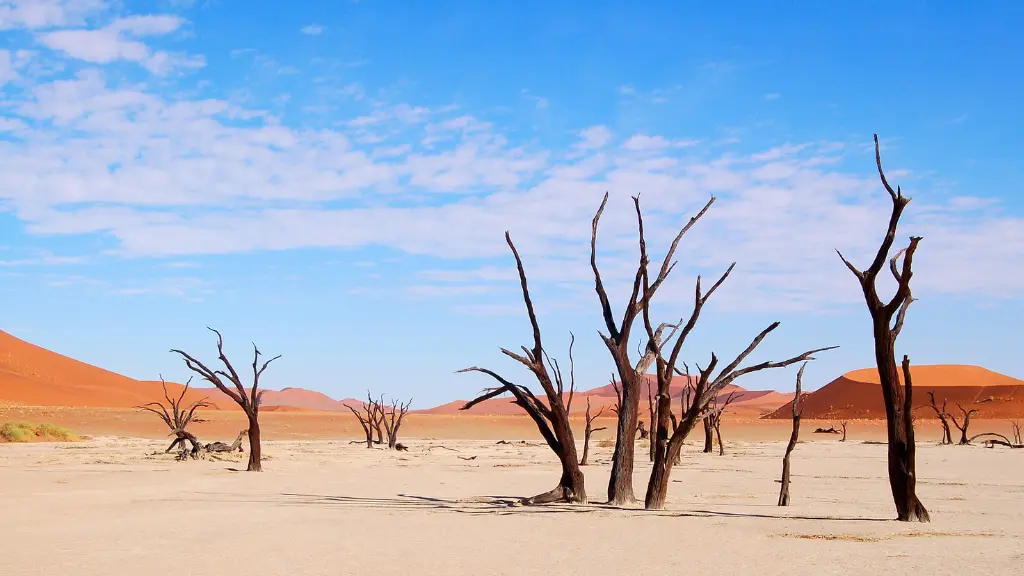France, renowned for its picturesque landscapes, charming villages, and historic cities, offers a plethora of transportation options for travelers eager to explore its beauty.
Whether you’re admiring the lavender fields of Provence, sipping wine in Bordeaux, or strolling along the Seine in Paris, knowing how to navigate the country efficiently will enhance your experience. This guide will cover various modes of transportation in France, including cycling, train travel, and more.
You May Also Like: The Ultimate Guide to Getting Around Delhi: Navigating India’s Bustling Capital
1. The French Rail Network: A Comprehensive Overview
France boasts one of the most efficient train networks in the world, making train travel a popular choice for both locals and tourists. The Société Nationale des Chemins de fer Français (SNCF) operates high-speed trains (TGV) that connect major cities and regions, providing a fast and comfortable travel experience.
Key Features of the French Rail Network:
- High-Speed Trains (TGV): These trains can reach speeds of up to 320 km/h (200 mph) and link cities like Paris, Lyon, Marseille, and Strasbourg in just a few hours. They are ideal for covering long distances quickly.
- Intercity and Regional Trains: These trains are perfect for shorter trips and offer a scenic view of the French countryside. The TER (Transport Express Régional) trains connect smaller towns and cities, making it easy to explore beyond the major hubs.
- Booking Tickets: Tickets can be purchased online via the SNCF website or app, at train stations, or through third-party websites. It’s advisable to book in advance, especially for TGV trains, to secure the best prices.
Pro Tips for Train Travel in France:
- Consider getting a France Rail Pass if you plan on taking multiple train journeys. This pass offers unlimited travel on most trains for a set number of days.
- Always validate your ticket at the machines located at train stations before boarding.
- Arrive at the station early to find your platform and avoid last-minute rushes.
2. Cycling Through France: A Unique Perspective
Cycling is a fantastic way to explore France at a leisurely pace, allowing you to soak in the beautiful landscapes and charming villages. The country is home to a vast network of cycling routes, from scenic countryside paths to dedicated bike lanes in major cities.
Popular Cycling Routes:
- La Loire à Vélo: This 800-km route follows the Loire River, offering stunning views of châteaux, vineyards, and charming towns.
- EuroVelo Routes: The EuroVelo network connects numerous routes across Europe, with several paths passing through France, including the scenic EuroVelo 6 along the Rhône River.
- City Cycling: Many French cities, including Paris, Lyon, and Bordeaux, have implemented bike-sharing programs, such as Vélib’ in Paris. These systems make it easy to rent a bike for a few hours or days.
Cycling Tips:
- Safety First: Always wear a helmet and be aware of your surroundings, especially when cycling in busy urban areas.
- Plan Your Route: Use cycling maps or apps to plan your route and identify bike lanes. The website Fédération Française de Cyclotourisme is a great resource for finding cycling routes and events.
- Pack Light: If you’re cycling long distances, consider using panniers for your belongings to keep your hands free.
3. Public Transport: Buses and Trams
In addition to trains, France has a well-developed public transportation system, including buses and trams, making it easy to get around cities and regions.
City Transport:
- Paris: The Paris Métro is extensive, with 16 lines covering the city and surrounding areas. Buses and trams complement the Metro network, providing convenient access to various attractions.
- Other Cities: Cities like Marseille, Lyon, and Toulouse also have efficient bus and tram systems. Most transport options offer multi-day passes, which can save you money during your stay.
Tips for Using Public Transport:
- Download the RATP app (for Paris) or the relevant city transport app to plan routes and check schedules.
- Keep your ticket until you exit the system, as inspectors frequently check tickets in France.
- Be mindful of pickpockets, especially in crowded areas or on public transport.
4. Car Rentals: Flexibility and Freedom
Renting a car can provide the freedom to explore France at your own pace, particularly in rural areas where public transport may be limited. The scenic drives through regions like Provence, Normandy, and the French Riviera offer breathtaking views and charming stops along the way.
What to Know About Renting a Car:
- Driving License: An International Driving Permit (IDP) is recommended, along with your home country driver’s license.
- Road Rules: Familiarize yourself with French driving laws, including speed limits and parking regulations. Most roads have strict rules, and fines for violations can be hefty.
- Navigation: Use GPS or a navigation app to help you find your way around. Consider downloading offline maps to avoid data charges.
Pro Tips for Driving in France:
- Take advantage of the Aires de Service, rest areas along highways that provide amenities like fuel, food, and restrooms.
- Explore the Scenic Routes: Don’t miss out on driving along picturesque routes like the Route des Grandes Alpes or the coastal roads of the French Riviera.
5. Walking: Discovering the Heart of Cities
While public transport and cycling are excellent for covering distances, walking allows you to truly immerse yourself in the local culture and atmosphere. Many of France’s cities are pedestrian-friendly, with charming streets lined with cafes, shops, and historical sites.
Walking Tips:
- Explore on foot in historic neighborhoods like Le Marais in Paris or the old town of Nice. Walking tours can also provide valuable insights into the local history and culture.
- Wear comfortable shoes, as you may find yourself wandering for hours.
- Take breaks at local cafés to soak in the ambiance and enjoy French cuisine.
6. Ferries and Boats: Unique Travel Experiences
For a different perspective of France, consider using ferries and boats to travel between coastal cities or across rivers. Ferries connect mainland France to its islands, such as Île de Ré and Île d’Oléron, while scenic boat trips on the Seine or Rhône rivers offer breathtaking views of the cities from the water.
Boat Travel Options:
- Bateaux Mouches: In Paris, these sightseeing boats offer tours along the Seine, providing views of iconic landmarks like the Eiffel Tower and Notre-Dame Cathedral.
- River Cruises: Companies like Viking River Cruises operate routes along France’s major rivers, combining travel with luxurious accommodations and dining experiences.
Conclusion: Navigating France with Ease
Exploring France is an adventure filled with rich culture, history, and stunning landscapes. With a variety of transportation options available, from high-speed trains and bicycles to public transport and car rentals, travelers can find the perfect way to navigate this beautiful country.
By understanding the transportation system and planning ahead, you can maximize your time and immerse yourself in the essence of France—its people, its places, and its unparalleled charm. So pack your bags, lace up your walking shoes, and get ready to discover the best of France, one journey at a time.










